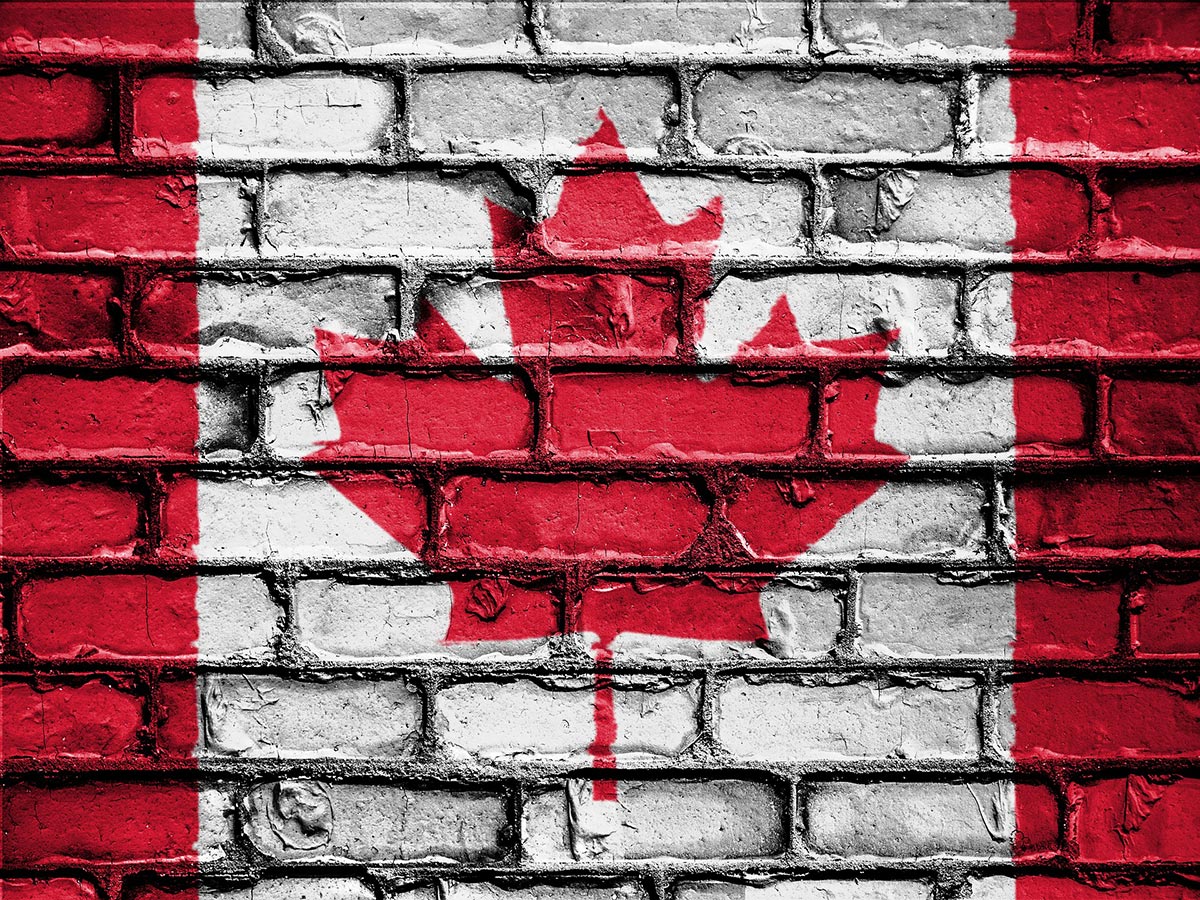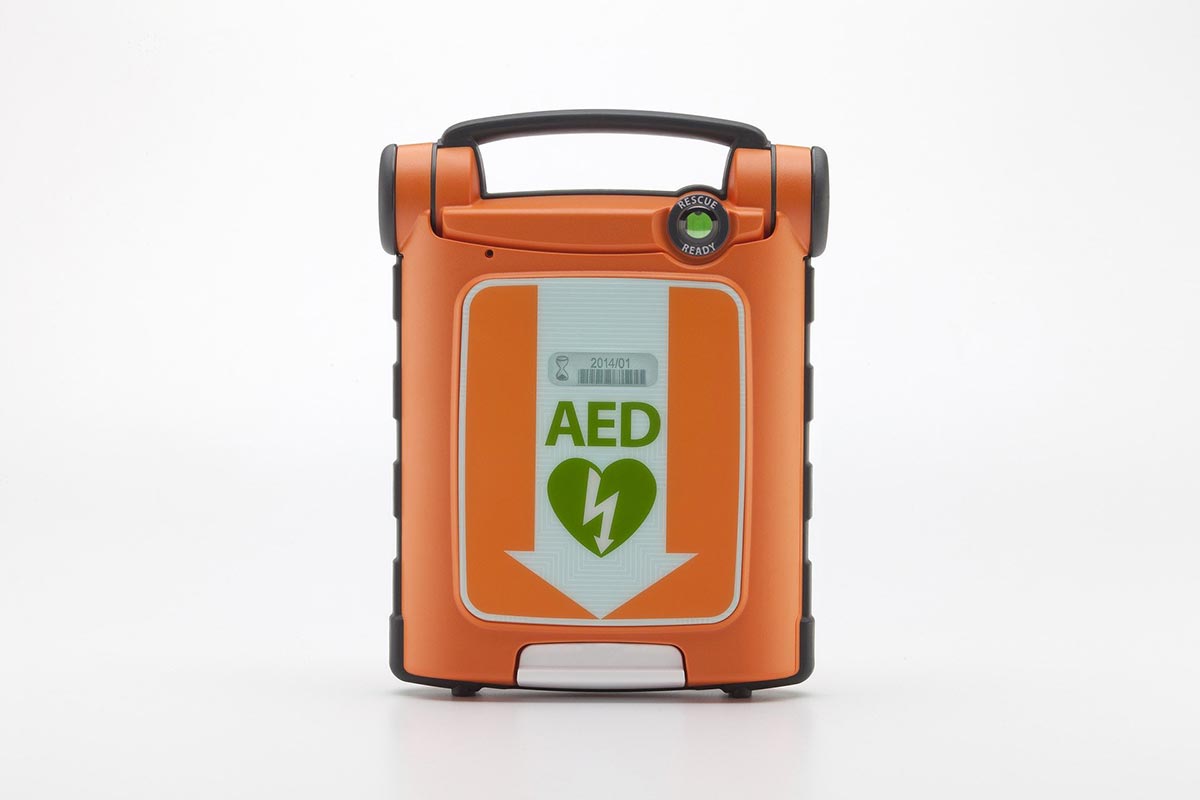Hook / Lead
You blow out a knee skiing, twist an ankle on a trail run, or watch a training partner collapse with chest pain at the gym. You’d expect an ambulance ride and a doctor within the hour. But in much of the United States that’s a fantasy. In many states Google searches for “doctor shortage 2025,” “primary care wait times,” and “why are doctors quitting” are spiking—and for good reason. The U.S. is running out of physicians faster than new ones can be trained, and athletes with real injuries are paying the price.
The Shrinking Medical Workforce
The Association of American Medical Colleges projects a shortfall of 37,000 to 124,000 doctors by 2034. Retirement waves, pandemic burnout, and endless paperwork are pushing physicians out. Primary-care visit lengths already average barely 15 minutes. It’s assembly-line medicine—doctors click through electronic records while the waiting room overflows. Patients sense the rush and head for quicker answers online, but when trauma strikes there is no app that can suture a wound or reset a dislocated shoulder.
Beyond Rural “Backroads America”
This is not just a hillbilly-country problem. Mid-sized towns and suburban counties are watching community hospitals shutter urgent-care wings or close altogether. When the local ER shuts down, the next functioning facility may be two hours away. For a rock climber with a compound fracture, a skier with internal bleeding, or a weightlifter having a heart attack on the gym floor, those two hours can mean the difference between recovery and tragedy. And with planned Medicare and Medicaid cuts threatening to squeeze hospital budgets even further, many more facilities are expected to close in the coming years—leaving heart-attack or stroke patients facing agonizing hours before reaching definitive care.
Overflowing Emergency Rooms
Even where hospitals remain open, emergency departments are buckling under demand. Planned cuts to Medicaid and Medicare threaten to add as many as 16 million Americans to the ranks of the uninsured, for whom the ER is the only door left. That means even longer waits for everyone else—athletes, workers, kids with broken bones—while staff scramble to triage chest pain, strokes, and sports injuries in crowded hallways. The political class calls it “budget discipline.” Patients call it sitting in a plastic chair for six hours while their cartilage tears swell.
Stroke Units and the Golden Hour
For stroke victims, time is more than money—it’s brain tissue. Neurologists speak of the “golden 60 minutes,” the window for clot-busting therapy that can prevent lifelong disability. Close a regional hospital and that window slams shut long before the ambulance reaches the next county. When health budgets shrink and clinics vanish, the stopwatch still starts the moment a clot forms, not when a policy committee finally funds another neurology wing.
Routine Care Slipping Away
It’s not only emergencies. Regular health checks that keep athletes performing—cardiac screenings for endurance runners, annual labs for lifters, sports physicals for teens—are harder to schedule. With primary-care panels full, wait times stretch from weeks to months. Preventive care becomes an afterthought, and small problems grow until they become expensive emergencies. When politicians brag about cutting “red tape,” remember that the tape was sometimes the appointment slot you needed before your knee deteriorated from a simple meniscus tear to bone-on-bone arthritis.
Coping Strategies for Fitness Enthusiasts
Plan ahead like you plan a training cycle. Book annual checkups as soon as the current one ends. Establish relationships with sports-medicine physicians, physical therapists, and certified athletic trainers who can fast-track referrals. Learn the location of the nearest high-level trauma center before you ski a new mountain or tackle a remote trail race.
Telemedicine can help with follow-up and minor issues, but it cannot relocate a closed hospital or stabilize a compound fracture. And yes, AI chatbots can translate an MRI report or suggest questions for your doctor, but they are guides, not surgeons.
Political Footnote with a Wink
Policy makers love to campaign on “freedom of choice,” but when your choice is a two-hour ambulance ride or a plastic chair in an overcrowded ER, the slogan rings hollow. Doctor shortages are not just statistics—they are the quiet erosion of a safety net that athletes and weekend warriors depend on every time they lace up shoes or strap on skis. The marathon speeches in Congress won’t help when the stopwatch on a stroke is ticking down.
Scientific References
Association of American Medical Colleges. The Complexities of Physician Supply and Demand: Projections From 2021 to 2034. | Shipman SA et al., Health Affairs, 2021. Changes in Primary Care Visit Length in the United States. | Ginde AA et al., Annals of Emergency Medicine, 2023. Emergency Department Crowding and Patient Outcomes. | Kaiser Family Foundation, 2024. Medicaid and Medicare Enrollment and Impact of Proposed Cuts. | Saver JL et al., New England Journal of Medicine, 2013. Time to Treatment With Intravenous tPA and Outcome in Acute Ischemic Stroke. | Boden BP et al., American Journal of Sports Medicine, 2022. Epidemiology of Sports-Related Orthopedic Injuries.













